Governments and institutions are giving millions of dollars to these studies, which are trying to predict what the next pathogen that could cause a pandemic will be.
The origin of SARS-CoV-2 has not been elucidated, but scientific evidence continues to point to spill theoryor spreading in English, in which the animal virus managed to cross over to humans and spread uncontrollably.
Most pathogens originate from animals, and spill theory is the basis of much surveillance and prevention research.
But for scientist Gregory Gray, devoting so many resources to this idea is like looking for a needle in a haystack.
“Spills happen all the time and very few manage to become a pandemic, ”an epidemiologist from the University of Texas in the USA tells BBC Mundo.
Gray and other experts offer an alternative way to monitor and prevent pandemics. One that somehow challenges how we think about its origins and how we deal with it.
What does it consist of?
These scientists proceed from the fact that the study of thousands of animal viruses expensive and often inefficient.
“Interesting from a scientific standpoint, but I really don’t think we can predict which ones will become pandemics,” biologist Steven Goldstein of the University of Utah in the US told BBC Mundo.
Goldstein, like Gray, insists that spills happen all the time.
“But most of them don’t get past the first receiver,” explains Goldstein.
This is because although the virus is able to adapt to humans, usually take time – many times years – and a few other spills to there is an option Whatthat it spreads effectively and it becomes a pandemic.
And it is on this period of time that these scientists recommend navigating.
“If we observe and study people who have frequent contact with animals, such as farm workers or live animal dealersespecially when they get sick, we could identify the agents that make them sick,” Goldstein cites the example.



“Instead of looking for thousands of viruses in animals, here we are looking at what is already leaking. This brings us closer to worrying viruses because we already know they can infect humans,” he adds.
“This is the basis of our argument. Reduce data and identify early pathogens that have already caused disease. From here, we can intervene against the most dangerous ones,” Gray says.
There haven’t been many studies in recent decades that have looked at strokes in humans to determine how common they are.
And when the ambulances come patients with cryptic pneumonia, doctors are looking for known pathogens. They cannot detect viruses that have not been detected.
This is the type of cases that these scientists are asking to study more.
loop tightening
Through video conference, Gray shows on the graph Viruses that cause the most deaths in the last century. Most of them are respiratory.
The Spanish flu of 1918, SARS of 2003, H1N1 of 2009, and SARS-Cov-2 of 2020 are some of these examples.
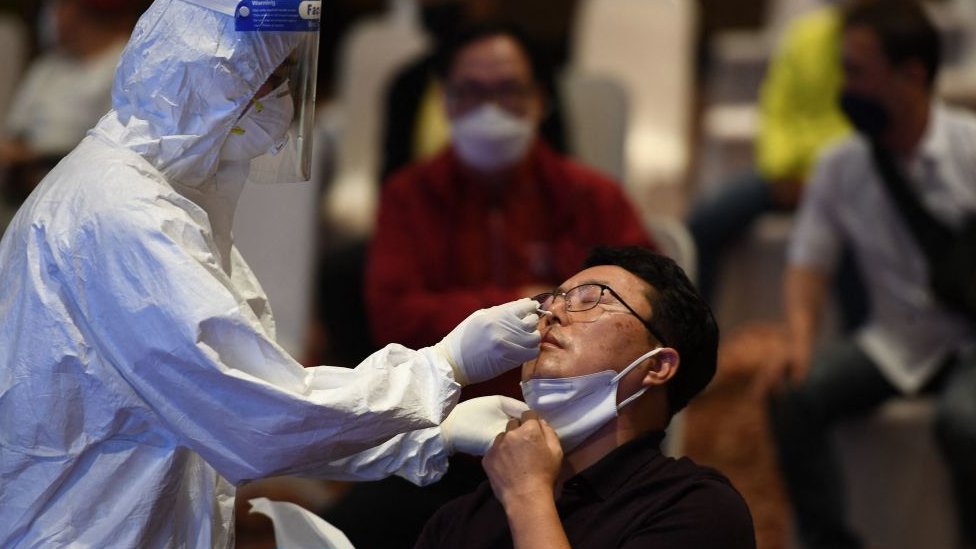
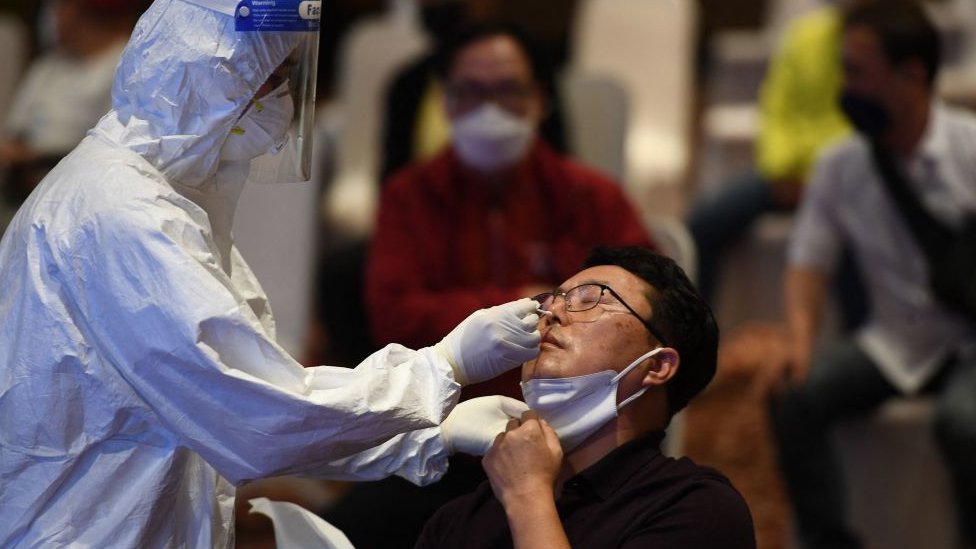

For this reason, Gray believes that the siege of the most dangerous viruses can be reduced if we focus more research on respiratory viruses.
“They spread many times without symptoms and we can’t control them very well. They are transmitted before we have time to isolate the sick, ”the expert says.
“When surveillance of human-animal interactions is not possible, monitoring for novel respiratory viruses in patients with pneumonia in regions where animals are in frequent contact is an effective option. If they are found, their risk to humans can be assessed and, if indicated, mitigation strategies can be initiated,” Gray defends in his study.
pedigree of decades
Gray argues that extensive animal research has failed to prevent the covid-19 pandemic. Like influenza A since 2009.
When variants arose that spread around the world it was late.
But there are studies that suggest that in the case of SARS-CoV-2, it could wait decades in the body of an animal before a deadly variant appeared.
A study published in the journal Nature in 2020 suggests that the lineage that gave rise to SARS-CoV-2 may have been circulating. unnoticed among bats since about 1969.
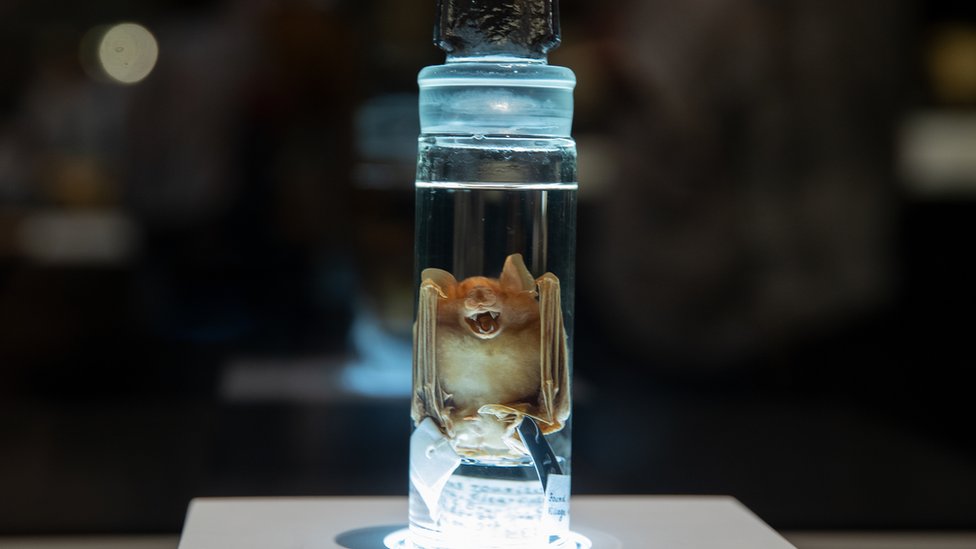
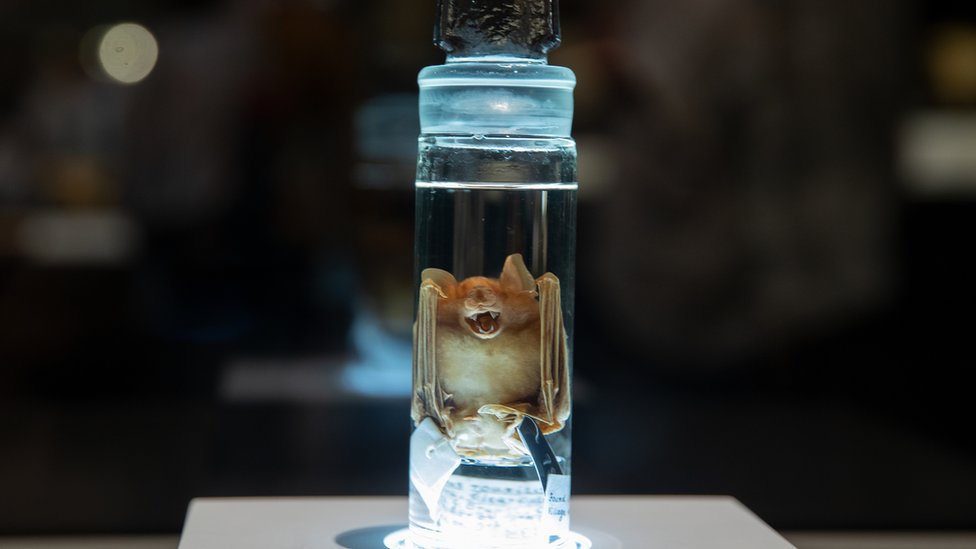

“If so, then this it took a long time before it became easily transmitted to peopleGray says.
“Some virologists would say that among the thousands of coronaviruses, some are actually transmitted to humans, but if we observe people who have been exposed to animals and find new viruses based on their biological evolution, we can do something before they overwhelm us. . apartments are emergency,” the expert insists.
Advantages and disadvantages
Gray acknowledges that the theory he advocates comes with risks.
“If we put all our resources into respiratory viruses, we could ignore other threats. That is why we also advocate the development of other technologies such as mass parallel sequencing”, explain.
David Heymann, an epidemiologist at the London School of Hygiene and Tropical Medicine, agrees that animal virus databases are not very good at predicting pandemics.
But he notes that if “a new virus comes along, you can compare its sequence with this database, determine which animals carry that virus, and possibly compile a list of animals from which it could have originated,” Heymann explains to BBC Mundo. .
Goldstein of the University of Utah also warns of problems with the theory he advocates should it be further implemented.
“You still need resources, it is expensive and requires logistics and global coordination. And even if you find viruses spreading, deciding what to do about it is not so easy, ”he says.
Eventually, this will require the production of vaccines against infections, the scale of which remains hypothetical.
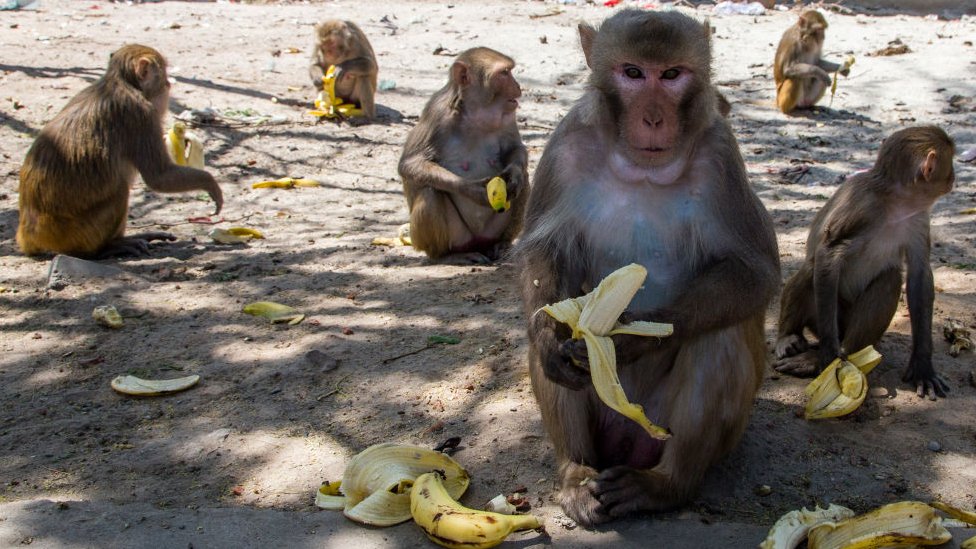
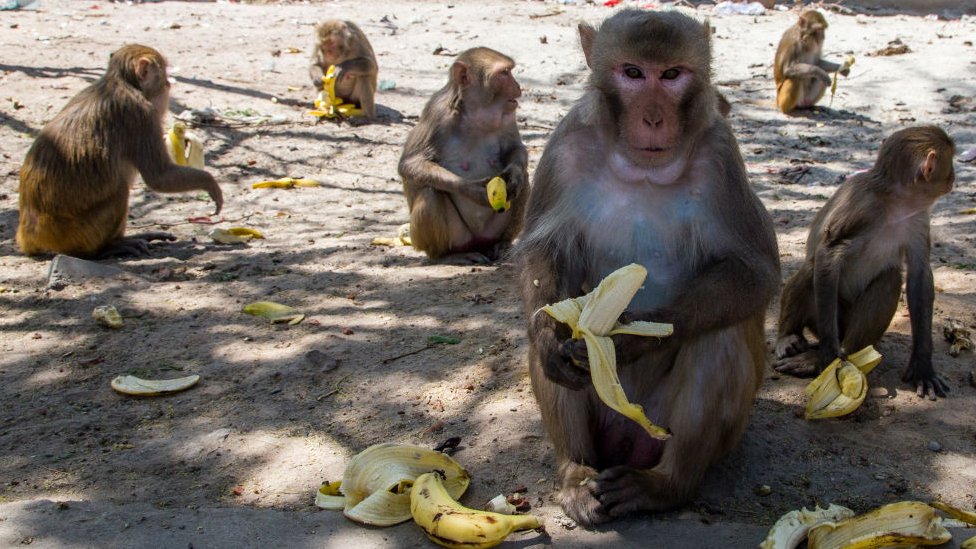

“To make vaccines you need human clinical trials and it’s problematic to run them for viruses that, while worrying, don’t cause epidemics,” says Goldstein.
On the other hand, Constance Wells, a biologist at Swansea University in the UK, warns that it is equally important to assess how different human behavior and human-animal interactions contribute to animal virus infection in different contexts.
“For example, tourists or urban populations may be exposed to bats differently than hunters or guano gatherers.. It remains important to see how these changes in environment and interactions affect the circulation of the virus,” he explains.
Without belittling the fact that efforts are being made to focus research on the most dangerous viruses, Wells recalls the complexity of these interactions.
He believes that “it is equally important to work on identifying the so-called ‘Blind Spots’: Unknown Species and Environments that May Contribute to the Pathogen Spill.”
He summarizes that any pathogen emergency “needs to be assessed from multiple perspectives.”
remember, that you can receive notifications from BBC Mundo. Download the new version of our app and activate them so you don’t miss out on our best content.
Source: La Opinion
Alfred Hart is an accomplished journalist known for his expert analysis and commentary on global affairs. He currently works as a writer at 24 news breaker, where he provides readers with in-depth coverage of the most pressing issues affecting the world today. With a keen insight and a deep understanding of international politics and economics, Alfred’s writing is a must-read for anyone seeking a deeper understanding of the world we live in.
